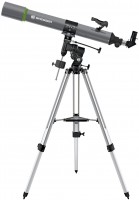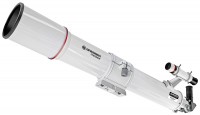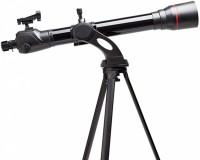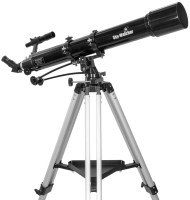BRESSER Taurus 90/900 MPM (4512909)
 |
BRESSER Taurus 90/900 MPM | ||||||||||||||||||||||||||||||||||||||||||||||||||||||||||||||||||
|
| |||||||||||||||||||||||||||||||||||||||||||||||||||||||||||||||||
The information in the model description is for reference purposes.
Always clarify the specifications and configuration of the product with the online store manager before purchasing.
Catalog BRESSER 2025 - new arrivals, bestsellers, and the most relevant models BRESSER.
Always clarify the specifications and configuration of the product with the online store manager before purchasing.
Catalog BRESSER 2025 - new arrivals, bestsellers, and the most relevant models BRESSER.
We recommendCompare using chart →












